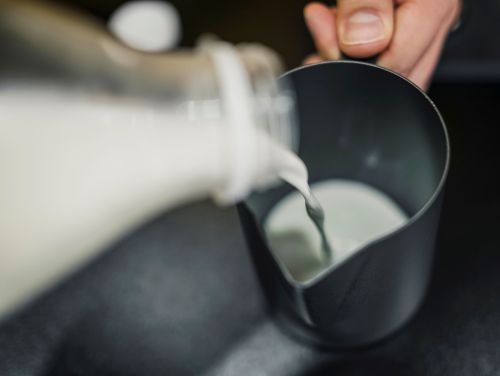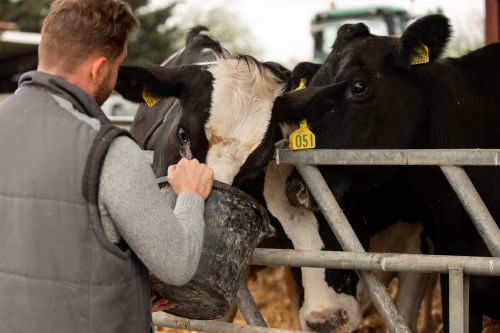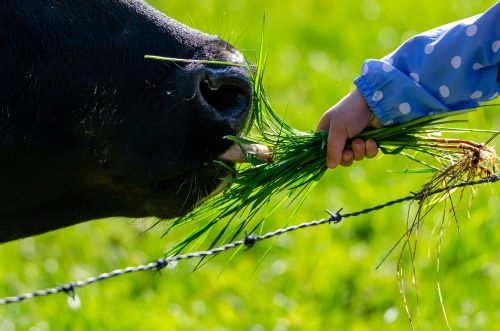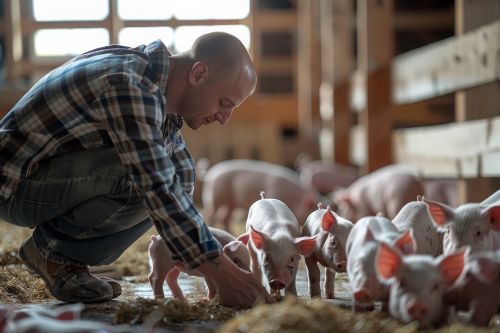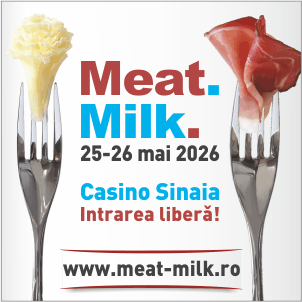589

EU Imposes New Tariffs on Agricultural Products and Fertilizers from Russia and Belarus
Source: Argus Media | Effective from: July 1, 2025
The European Union has officially introduced new import tariffs on a range of agricultural products and fertilizers originating from Russia and Belarus. This latest trade measure aims to reduce economic dependencies and limit revenues for the two countries amid ongoing geopolitical tensions.
Targeted Goods and Scope
According to EU officials, the new agricultural tariffs could affect up to 15% of Russia’s agricultural exports to the EU, based on 2023 data.
Starting July 1, 2025, a 50% customs duty will apply to over 145 tariff lines (NC codes), covering a broad spectrum of agricultural and food items. Affected products include:
- Animal-derived products
- Dairy items
- Live trees and plants
- Coffee and various meats
- Animal fats and vegetable oils (e.g., palm oil and palm kernel oil)
Focus on Fertilizers: A Phased Approach
For nitrogen-based and compound fertilizers, the new tariff system will be implemented gradually over three years, with rates increasing annually unless import volumes remain below defined thresholds.
From July 1, 2025, the following surcharges will apply:
- +€40/ton for nitrogen-based fertilizers such as urea, ammonium sulfate (AMSUL), ammonium nitrate (AN), calcium ammonium nitrate (CAN), and urea ammonium nitrate (UAN)
- +€45/ton for compound fertilizers such as diammonium phosphate (DAP), monoammonium phosphate (MAP), NPK, NP, and others
These surcharges are in addition to the existing EU import duty, which is currently 6.5% for most Russian-origin fertilizers.
Between 2026 and 2028, these flat-rate tariffs are scheduled to rise significantly, reaching:
- Up to €315/ton for nitrogen-based fertilizers
- Up to €430/ton for compound fertilizers
Safeguard Clauses: Tariff Escalation Based on Import Volume
To prevent a surge in imports before higher tariffs are fully phased in, the EU legislation includes automatic trigger mechanisms. The maximum tariff levels will be imposed earlier if total imports from Russia and Belarus exceed the following cumulative thresholds:
- 2.7 million tons in the period 2025–2026
- 1.8 million tons in 2026–2027
- 0.9 million tons in 2027–2028
Conclusion
